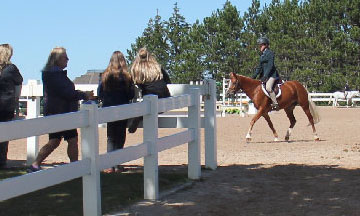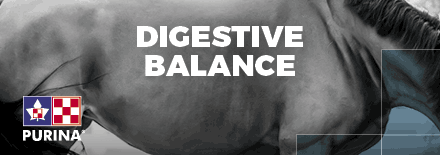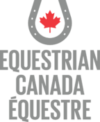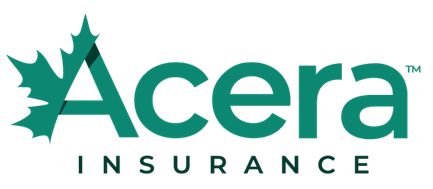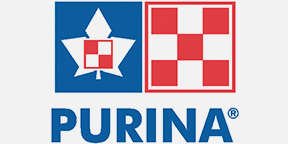Welcome to Nutrition For The Equestrian Athlete. Tired of dragging your feet? Do you find that your horse has more giddy-up-go than you do? Perhaps what you’re eating is affecting your performance.
Just so you know, there will be no horsing around, I won’t make you jump over fences or go around in 20-metre circles and you certainly won’t have to go large to find all the information you need. This blog will offer you – the equestrian athlete – all the information needed to take your ride to the next level.
Let’s start the first post on how cold weather can affect the equestrian athlete.
How riding in the cooler months differs from riding in the warmer months
With the temperature dropping and the winds howling, staying active during the winter months can be a bit more challenging. Dressing appropriately is one way to deal with it, and the other and most important, is nutrition.
In the summer your body sweats heavily to dissipate heat. But in the winter, the warmth your body generates helps you survive in a cold environment.
There are several nutritional challenges for the equestrian athlete in the winter. Being exposed to environmental extremes can increase the body’s need to expend more energy to maintain core body temperature, therefore requiring the need for more nutrients. If shivering is involved, then energy needs during cold weather rider can increase greatly. It is important to keep in mind that it’s not just the temperature that affects you, but also the wind chill, especially if you ride outside. In addition, cold dry air also increases fluid loss and most of us tend to drink less in the cold. All of these factors are important in the body’s ability to maintain its core temperature.
It has been suggested that the equestrian athlete riding in cold weather requires more calories than those who are competing and training in warmer weather. Since food provides the fuel needed to generate heat, it is recommended to increase your total daily caloric intake. Therefore, the right diet is particularly important for the equestrian athlete in the fall and especially in the winter months.
Food’s overall warming effect is known as thermogenesis (the production of heat). Shortly after you eat, your body generates more heat than on an empty stomach. This increased metabolism stems primarily from energy released during digestion. Therefore, eating not only provides fuel but also increases the production of heat within the body.
It is important to understand that an increase in your daily caloric intake does not mean you can eat anything you want. The following is an overview of the carbs and proteins you should consume. We will discuss this further in a later post.
Complex carbohydrates are found in foods such as peas, beans, whole grains, brown rice, whole wheat pasta and vegetables. Complex carbohydrate foods provide vitamins, minerals, and fiber that are important to your health. The majority of carbohydrates should come from complex carbohydrates (starches) and naturally occurring sugars such as fruit, instead of processed or refined sugars, which do not have the vitamins, minerals, and fiber found in complex and natural carbohydrates. Refined sugars are often refereed to as “empty calories” because they have little or no nutritional value.
Consume lean protein such as skinless chicken and turkey, loin of pork or beef, oily fish such as salmon, shrimp, eggs, low fat cheese and Greek yogurt. Vegetarians can try a plant-based protein like quinoa, which is an ancient grain or combine a starch with a legume commonly referred to as a complimentary protein. Example of a complimentary protein would be brown rice and beans.
Now that we know that we have to consume more calories to keep warm and energized, how much is enough? Listen to your body; if your feeling hungry then eat, if your not, then don’t. It’s that simple.
Never let yourself become so empty that you start to get light headed, nauseas, lethargic, moody etc. These are some of the signs that you may have low blood sugar. Athletes commonly refer to this euphoria as bonking or hitting the wall. We have all had an experience with this. Remember back to holiday shopping, running around the mall in our coats, getting all heated up in a warm mall and then all of a sudden it hits you and you realize that is two in the afternoon and you have had nothing to eat or drink since eight in the morning.
On the other hand, you don’t want to feel so full that you feel bloated, sluggish and sleepy, which by the way can also be signs of protein overload – remember Thanksgiving?
Fluids
Hydration is a major concern for the equestrian athlete. Strenuous activity like riding can induce sweat, which creates a loss of fluids. It can also cause cold-induced diuresis, which is increased or excessive production of urine.
Consuming adequate fluids while ridding during the winter can be extremely challenging. My recommendation would be to purchase an insulated bottle/thermos and prepare one of the following: hot water, honey and a squeeze of citrus (lemon, lime or orange); my homemade hot chocolate recipe, which will be posted on my Facebook account; or vegetable, tomato, chicken or beef broth. All of these options will warm you up on a cold winter day and provide you with much-needed nutrition and energy.
Understanding the need for macronutrients (carbohydrates, protein, fat, fluids) and micronutrients (vitamins and minerals) is fundamental to any equestrian athlete wanting to achieve peak performance and will be discussed, in depth, in a later post.
Fact: Did you know that seeing your breath on a cold winter day is actually the vapours that are exhaled from your body. The faster and deeper you breathe, as occurs when riding, the more moisture and heat is lost, causing dehydration.
“Remember, Food Does Not Have To Be Just Another Four Letter Word!” – Ian Harris
If you have questions, comments or suggestions, Ian can be reached at ian@ianharris.ca. You can also follow his nutrition tips on Facebook at www.facebook.com/nutritionequestrianathlete or visit www.ianharris.ca
